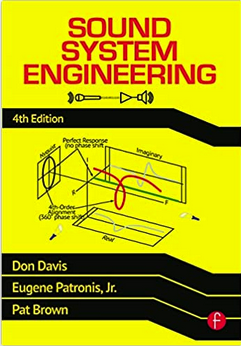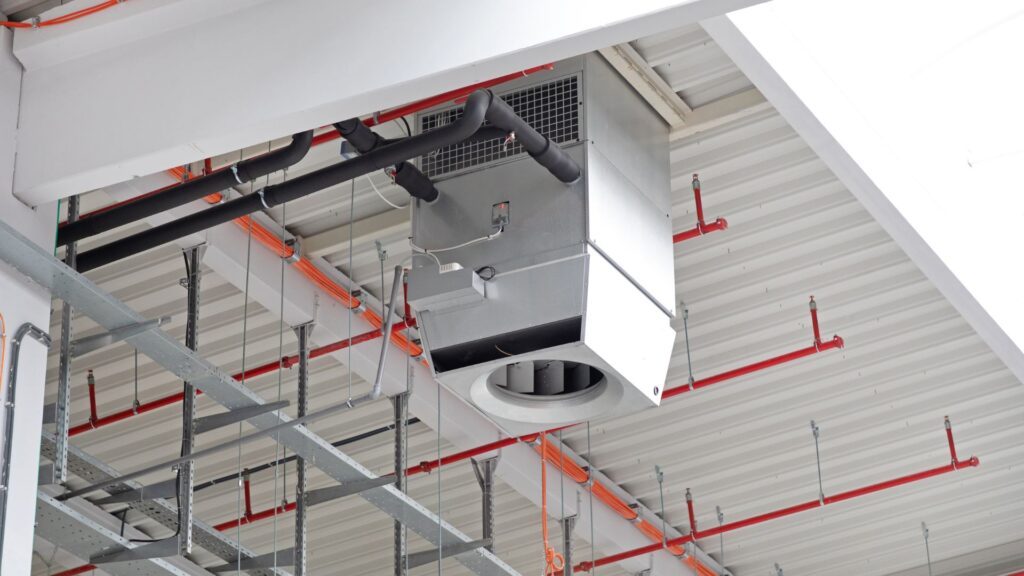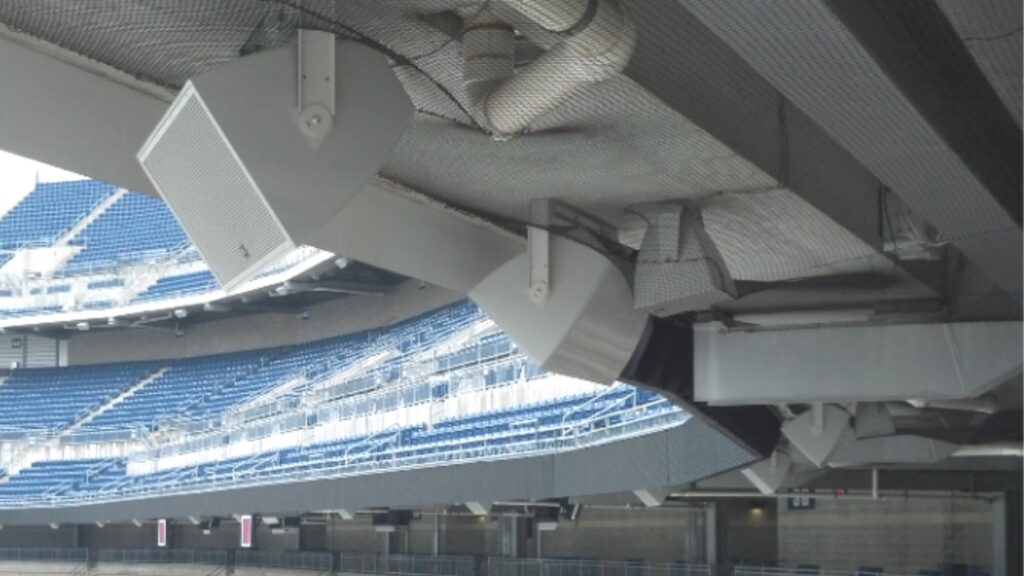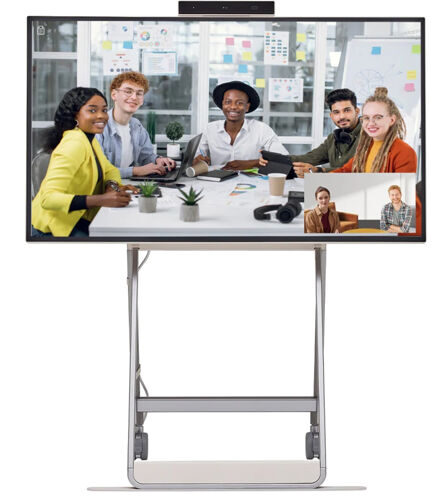Education Opportunities at E4 Experience
 Honestly, if you can attend an E4, there’s no better bargain on the planet, especially now that we’re not just Exertis or just Almo, but Exertis Almo, with more lines and services than ever available to support the audio-visual integrator.
Honestly, if you can attend an E4, there’s no better bargain on the planet, especially now that we’re not just Exertis or just Almo, but Exertis Almo, with more lines and services than ever available to support the audio-visual integrator.
There’s a lot that has been written about hybrid meetings and meeting equity and all that, but nothing tops meeting face-to-face, shaking hands (or fist bumps if that’s more comfortable for you), discovering new contacts, and having a conversation around good food. It’s what a friend of mine, Stuart Weiser, calls, “Meet, eat and greet.” Despite all of our 24/7/365 electronic connectivity, you can’t beat the one-on-one that the E4 Experience offers. Sometimes our best connections happen quite by accident and when we don’t expect it. We just “happen” to meet someone, strike up a conversation where interests and goals mesh and it becomes the beginning of a long-term profitable business relationship.
E4 has extended the show floor hours to 4:00PM (in some cities), so you won’t have to feel so rushed to get it all in – breakfast, Keynote, exhibits, sessions, lunch, and education. Did you see food mentioned twice? Even before I joined Exertis Almo, I always remembered that E4 always did a great job with meals. Food and coffee are the fuels of AV.
But, although we are often driven by our stomachs, E4 is so much more. More vendors and exhibits than before, but also the same great education that has become a hallmark of E4. I have the privilege of doing two sessions, but I’m not alone, as Gary Kayye and Tom Stimson will be presenting as well. In addition, Melody Craigmyle will be leading a roundtable on DEI. As always, our education provides RUs for your CTS renewal.
Great people, great manufacturers, great education, and great food. The only thing it will cost you is a day out of the office and the potential for missed opportunities. No expense report necessary.
 Want to know more?
Want to know more?
Attend the 2023 E4Experience in a city near you, and take one or both of Tom’s courses on “Conducting a Needs Analysis” and “Conducting a Proper Site Survey” to earn up to 2 AVIXA CTS RUs.
Check out his “Project Questions & Needs Analysis” post.
Did you find this post helpful? Engage with us over on LinkedIn.


 An audio-visual design begins with information. Architectural drawings, dimensions, pictures, and expected room layouts are always needed to assess the room you’re working with. Photos and finish schedules in the architectural drawings will list the materials used in the room (ceiling, walls, floors, furnishings) and that will help reveal if there may be acoustical or installation challenges. However, you can only “guess” some possible aspects of the room. Realistically, nothing beats a proper site visit for assessing the environment. The firm responsible for integration will need to visit the site to document and/or confirm certain assumptions that may have been made about the suitability of the space. Site visits require measurement (not just the physical measurements of L x W x H, but also background noise level and ambient light measurements) and getting your head above the drop tile ceiling to determine clearances and obstacles. If the site visit exposes some issues that hinder the effectiveness of an audiovisual system, recommending changes such as motorized shades or blinds, acoustical treatments, changes to the lighting, raising the drop tile ceiling at the front of the room, etc., may be required.
An audio-visual design begins with information. Architectural drawings, dimensions, pictures, and expected room layouts are always needed to assess the room you’re working with. Photos and finish schedules in the architectural drawings will list the materials used in the room (ceiling, walls, floors, furnishings) and that will help reveal if there may be acoustical or installation challenges. However, you can only “guess” some possible aspects of the room. Realistically, nothing beats a proper site visit for assessing the environment. The firm responsible for integration will need to visit the site to document and/or confirm certain assumptions that may have been made about the suitability of the space. Site visits require measurement (not just the physical measurements of L x W x H, but also background noise level and ambient light measurements) and getting your head above the drop tile ceiling to determine clearances and obstacles. If the site visit exposes some issues that hinder the effectiveness of an audiovisual system, recommending changes such as motorized shades or blinds, acoustical treatments, changes to the lighting, raising the drop tile ceiling at the front of the room, etc., may be required.












